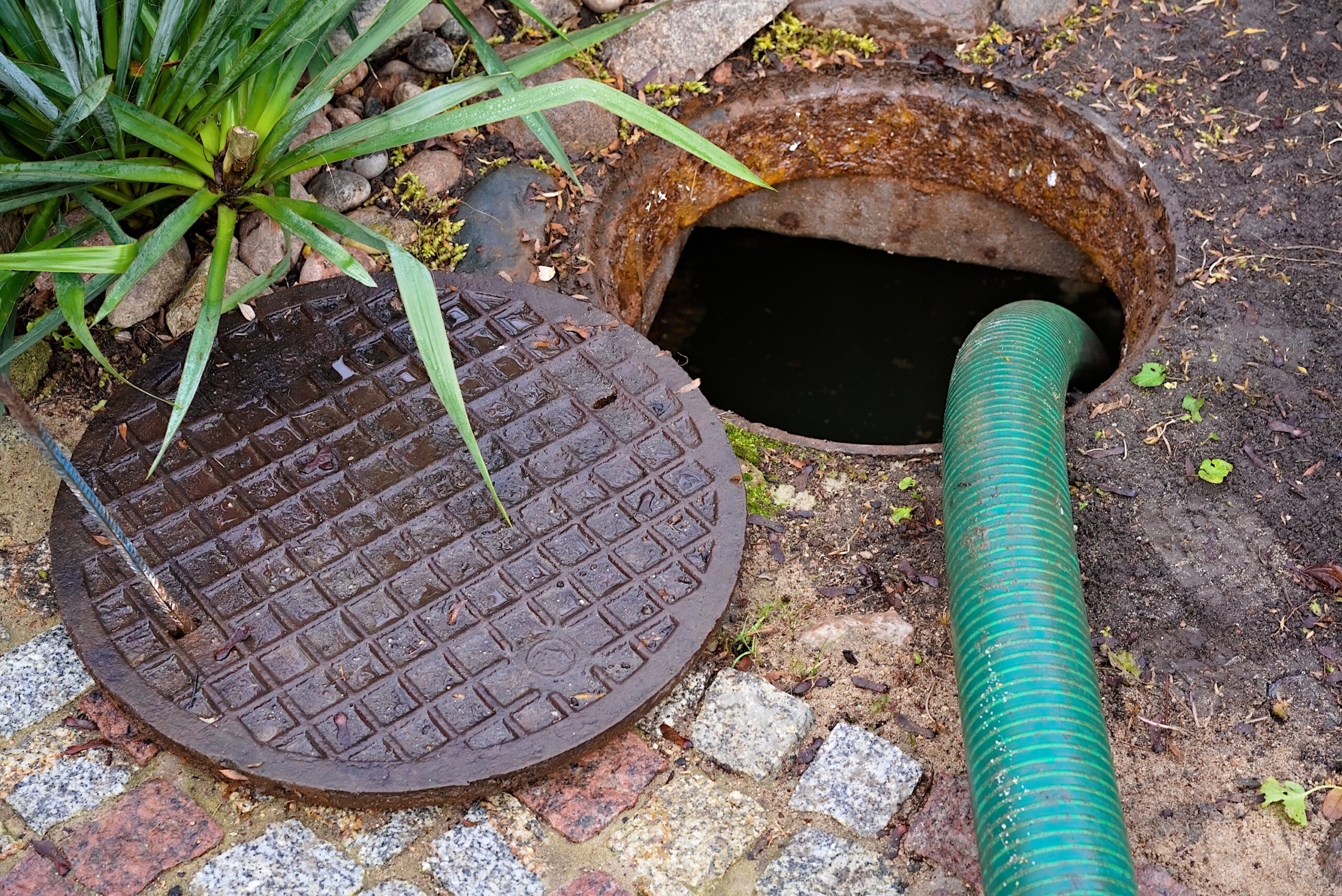Septic problems are a pain. A sewer project, that many have waited decades for, is about to break ground in parts of Brooke County, West Virginia. Donald Bauer told WTOV9, as he pointed to the “Raw Sewage” that overflows from septic systems and down hill; that he is happy to hear he will finally be able to connect to city sewer after waiting almost 50 years.

This $2.5 million project will connect nearly 90 residents living on Dennis Lane, Eldersville, Mahans Lane and Bruin Drive. Most of the residents are happy with this agreement as most are experiencing the signs associated with failing septic systems and septic problems. According to Dave Thorton of the West Virginia Department of Health,
the rate of failure in this region is estimated to be 70% within the first 10 years of install. These failing systems have led to high levels of fecal coliform bacteria in the Upper Ohio North watershed, including the streams and rivers that flow near the residential streets listed above. Through the data collected and the concerns the homeowners are dealing with, there is an obvious problem. However it raises the question…Is hooking up to city sewer the best solution?
To understand what the best solution is we first must understand how public sewer systems are operated compared to privately owned residential systems.
Private Septic Systems
Conventional septic systems are constantly being fed trillions of bacteria every time we flush the toilet, do a load of laundry, or shower. That anaerobic bacteria, which can only live with out oxygen, grows a bio-mat in the drain field of your septic system. It’s this bio-mat that produces sluggish drains, clogged pipes and eventually leads to septic system failure in over 4 million homes in America. Many people believe the only answer to their septic system problems is to either install a new system or get connected to city sewer.
Wastewater Treatment Systems
Many see hope in getting connected to city sewer, just as Brooke County resident Donald Bauer has. Most Wastewater Treatment Systems are run efficiently, as they are comprised of 3 treatment phases to ensure effluent meets the standards put in place by the USEPA. One of the treatment phases includes adding oxygen rich (Aerobic) bacteria into one of the holding tanks. By inducing oxygen into these large holding tanks you are starving the poor functioning anaerobic bacteria. This process, known as aeration, is highly effective at treating systems, but there are concerns with city sewer infrastructure.
As we continue to add more residences to city sewer we run the risk of overloading the total maximum daily load that the municipality can withhold. Heavy rains, large snowfalls, and continued additions mean more combined sewer overflows. These sewage overflows carry untreated waste and surface runoff into nearby streams destroying its biological habitat. In this case, untreated sewer overflows are discharged into the Allegheny Steel Run and Cross Creek, as stated in an EPA report from 2005. These overflows aren’t the only problem; connecting to city sewer is costly and the amount of excavation is detrimental to ones landscape.

Untreated sewage overflow through manhole due to high rains. Photo: Christopher Zurcher
What’s the Answer to my septic problems?
We now understand that the treatment process of city sewer systems is efficient, due to the oxygen rich aerobic bacteria that break away the solids, but not all of us can or want to be connected to city sewer. Aero-Stream’s controlled septic system aerator does exactly what major wastewater treatment plants do, but on a much smaller scale. Homeowners can easily restore and maintain their own septic systems without the need for excavation or high replacement costs. It’s easily installed in an hour or less with a few simple hand tools in any existing septic tank. It does not entail 15 sewer board meetings, easement agreements, or a monthly bill, but it will keep your water supply clean and your hard earned money in your wallet.











